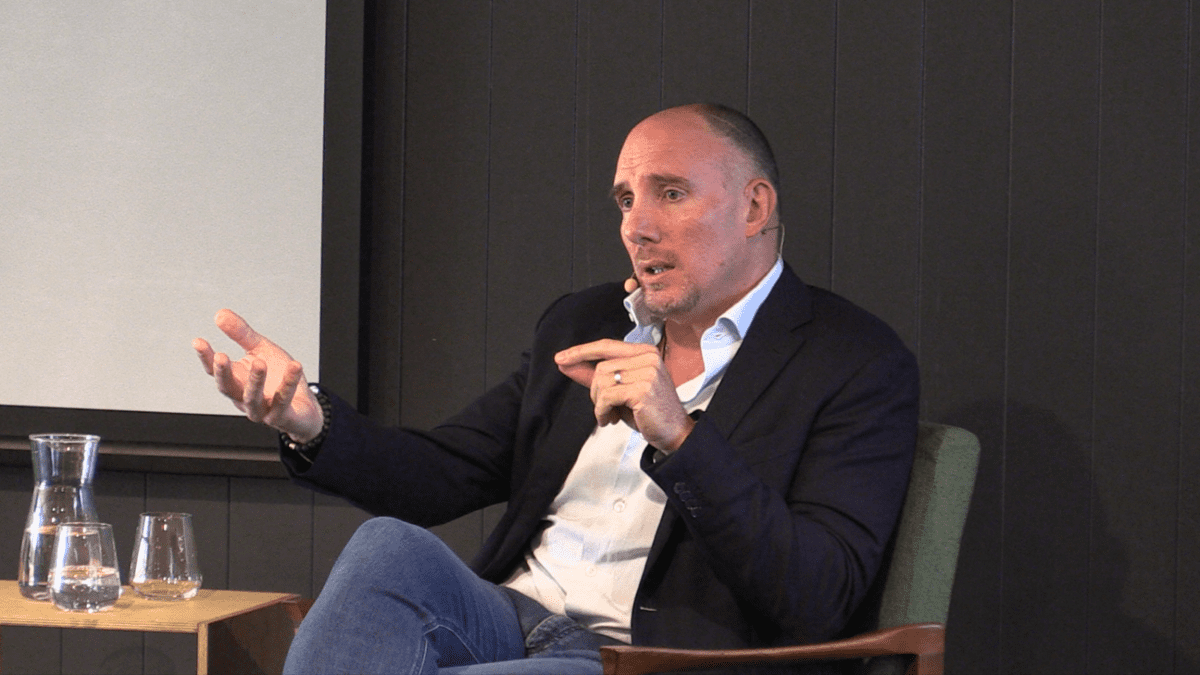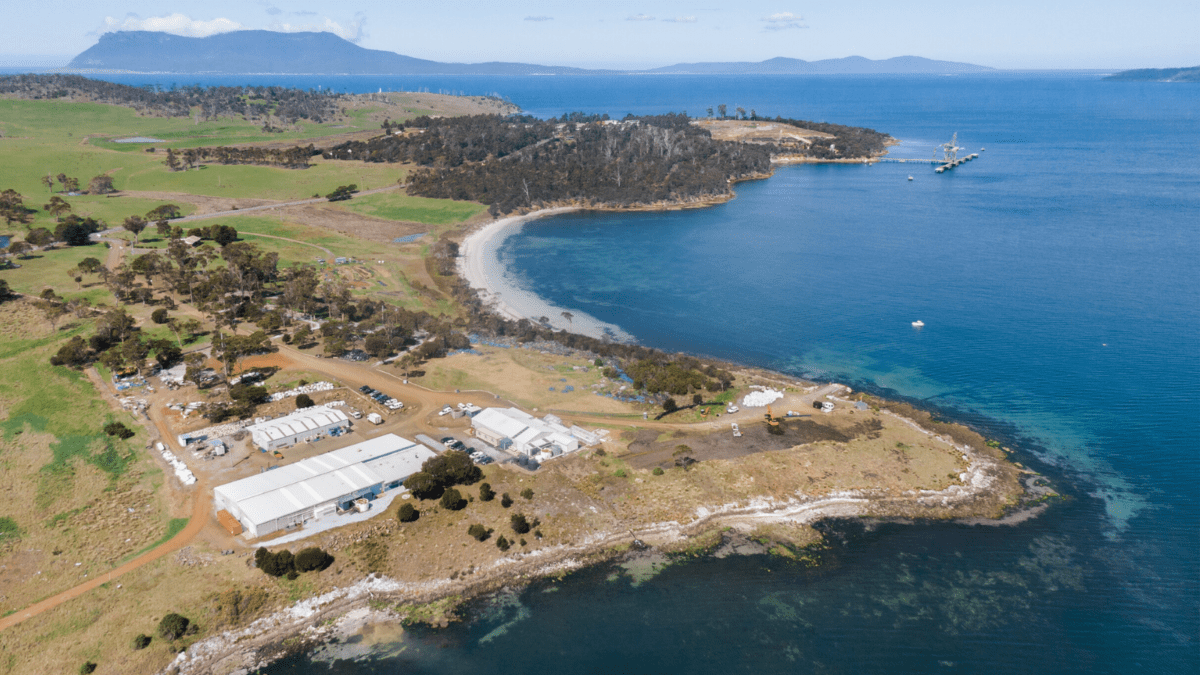As energy solutions get cheaper, transition’s opportunity set broadens
The net-zero transition amounts to “one of the greatest commercial opportunities of our time”, MSCI researchers say, with proactive companies set to benefit as climate solutions grow increasingly cost-effective. The US$60 trillion bonanza needed to fund the transition should also be catching investors’ interest.
“The climate transition is increasingly about opportunity,” according to the report by MSCI Research vice president Chris Cote and Guido Giese (pictured, right, left), head of ESG and climate solutions research. “Investors are more able than ever to turn the risks of the shift to a net-zero economy into opportunities, thanks in part to innovation and policies that have lowered the cost of transition technologies.”
Cote and Giese contrast their 2023 analysis with the previous edition, which followed Russia’s invasion of Ukraine in a year when geopolitical turmoil made the world’s already challenging net-zero goals even more doubtful.
“Though the war continues, concerns over energy security that it triggered in the short term are giving way to the realisation among capital markets participants that climate action represents one of the greatest commercial opportunities of our time,” they say. A key driver has been climate-friendly industrial policies, which expand the investment opportunity by lowering decarbonisation costs.
Huge investment needed, but tech getting cheaper
The report also points to the role of decarbonisation in lowering climate-related financial risk, noting that an “orderly transition, in which governments introduce forceful policies early and gradually, would prevent the loss of nearly US$8 trillion in the market value of listed companies”.
Meanwhile, a disorderly transition – which would see decarbonisation begin in earnest only in the early 2030s and is becoming increasingly likely as governments fail to achieve policy consensus – would cost listed firms two and a half times that, the report says.
To ensure a transition that meets global energy needs, annual average investment in low-carbon technologies and infrastructure will need to total $2.2 trillion each year between now and 2050, according to MSCI – that is, more than $60 trillion in total investment by 2050 (see chart).

That’s just for decarbonising energy; the broader energy transition will necessitate another $4 trillion per year by 2030.
In good news, though, a key takeaway from this year’s report is that “the costs of many of these solutions are increasingly at par with more carbon-intensive alternatives; that is, they are both technically feasible and economically attractive”, according to Cote and Giese.
With transition infrastructure likely to be a key demand area for some time, “investors and other capital markets participants who prefer an orderly transition may want to push for policies that promote siting, interconnection and expanding the capacity of transmission lines needed to connect renewable energy and storage to the grid and bring clean power online,” they add.
Massive capital reallocation still needed
Nonetheless, there are relatively few companies providing climate solutions in public markets, the report says, noting that only 1,800 listed companies globally had earned any money from alternative energy or energy efficiency through March 2023.
“For most, it’s still a side hustle: only 155 companies (1.7 per cent of the listed universe), with a total market cap of $1.6 trillion, earned more than half of their revenues from such activities.”
And both private and public market investors would benefit from a better understanding of companies’ climate target credibility, the report says, with 42 per cent of listed companies with a published decarbonisation target failing to explain how they will meet it.
“The massive reallocation of capital needed to ensure the long-term health of the planet presents risks and opportunities for companies and portfolios,” the report concludes, with emissions reduction representing only one potential facet of a “climate-aware investment strategy”.
“A second focusses on sharpening expectations of what companies will do in the future, using targets and forward-looking measures of portfolio alignment. A third is making opportunity part of an investment strategy by channelling capital to companies that can speed up the decarbonisation of the global economy.”








